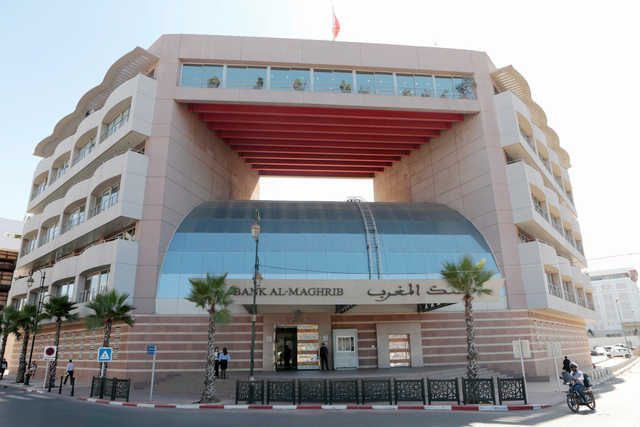Reuters
By Ahmed Eljechtimi
* Banks keeps benchmark interest rate at 2.25%
* Lowers monetary reserve rate to 2% to boost banking liquidity
* Morocco aims for international bonds in 2019 and 2020 (Adds comments by Central Bank governor)
Morocco’s central bank kept its benchmark interest rate unchanged at 2.25% on Tuesday, but halved the monetary reserve rate to 2%, a step it said would release 11 billion dirhams ($1.14 billion) in liquidity needed by banks.
It said borrowing costs were in line with the medium-term prospects of inflation, growth and public finances, but said it expected slower economic growth this year and confirmed it would go ahead with two sovereign bond issues.
Inflation is expected to slow to 0.4% in 2019 from 1.9% last year on the back of a drop in food prices, before picking up to 1.2% in 2020 as domestic demand improves, the bank said in a statement following its board meeting.
It is considering setting a target for inflation once it moves to the next stage of its currency flotation, Central Bank Governor Abdellatif Jouahri said at a new conference without giving further details.
Last year Morocco widened the band in which the dirham trades against hard currencies to 2.5% either side of a reference price, and has said it will widen that band further.
Jouahri said there should be “more vigilance regarding public debt”, which stands at 65.7% of gross domestic product after climbing to 66% last year.
Economic growth is set to slow to 2.7% in 2019 from 3% in 2018 as a result of agricultural activity slowing, the bank said. Morocco announced a cereals harvest of 5.2 million tonnes this year, about half the size of last year’s due to a lack of rainfall.
DEFICIT
However, economic growth should increase again in 2020 to 3.8%, the bank said, assuming a crop of 8 million tonnes of cereals.
The current account deficit is expected to narrow to 5.1% in 2019 and 3.6% in 2020, from 5.5% in 2018, the bank said. The gaps should shrink because of cheaper energy imports and a rise in exports, notably from the automotive sector.
The central bank maintained that Morocco will still issue two international bonds this year and next year that would boost international reserves to 239 billion dirhams in 2019 and 234.5 in 2020, enough to cover five months of imports.







